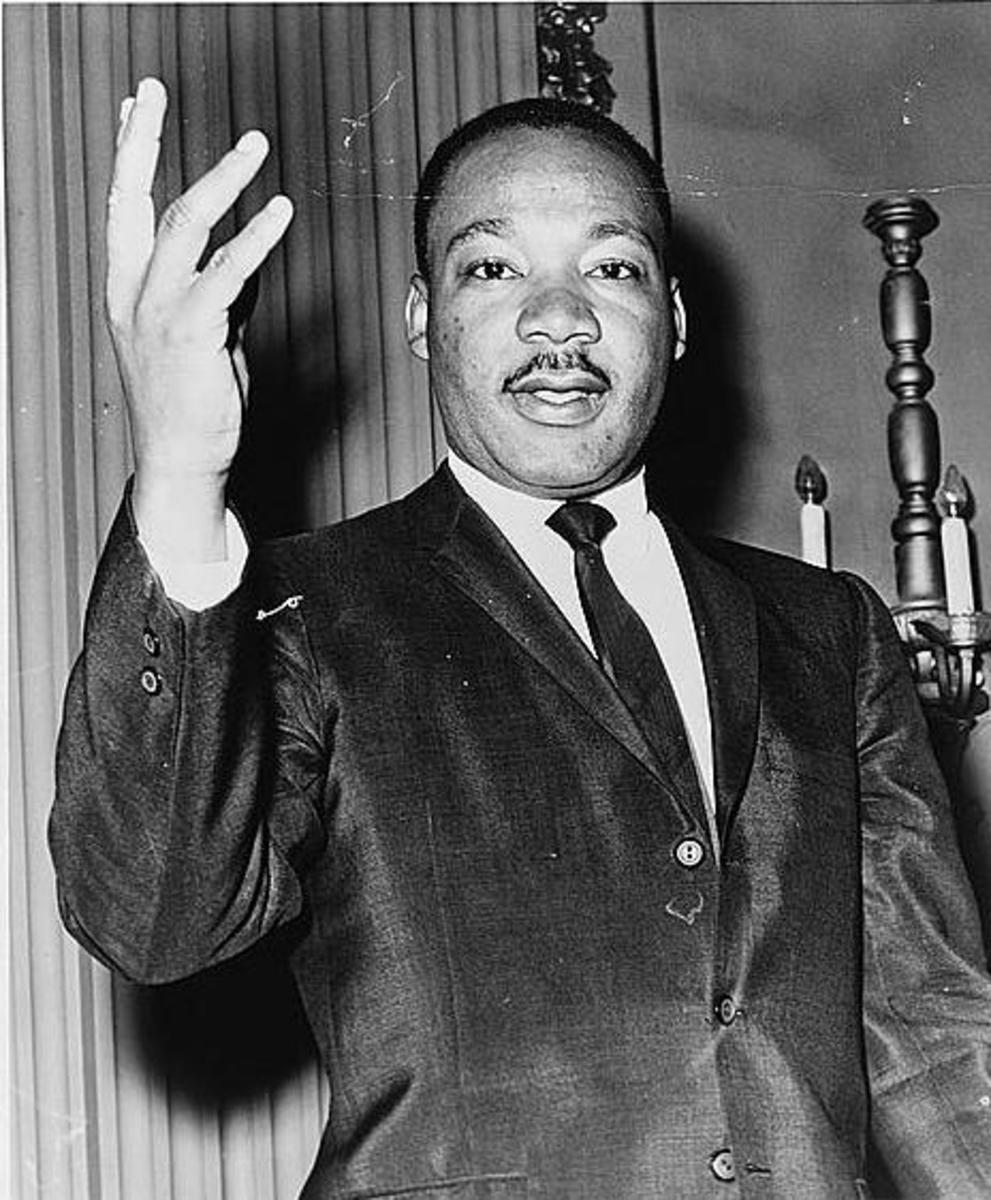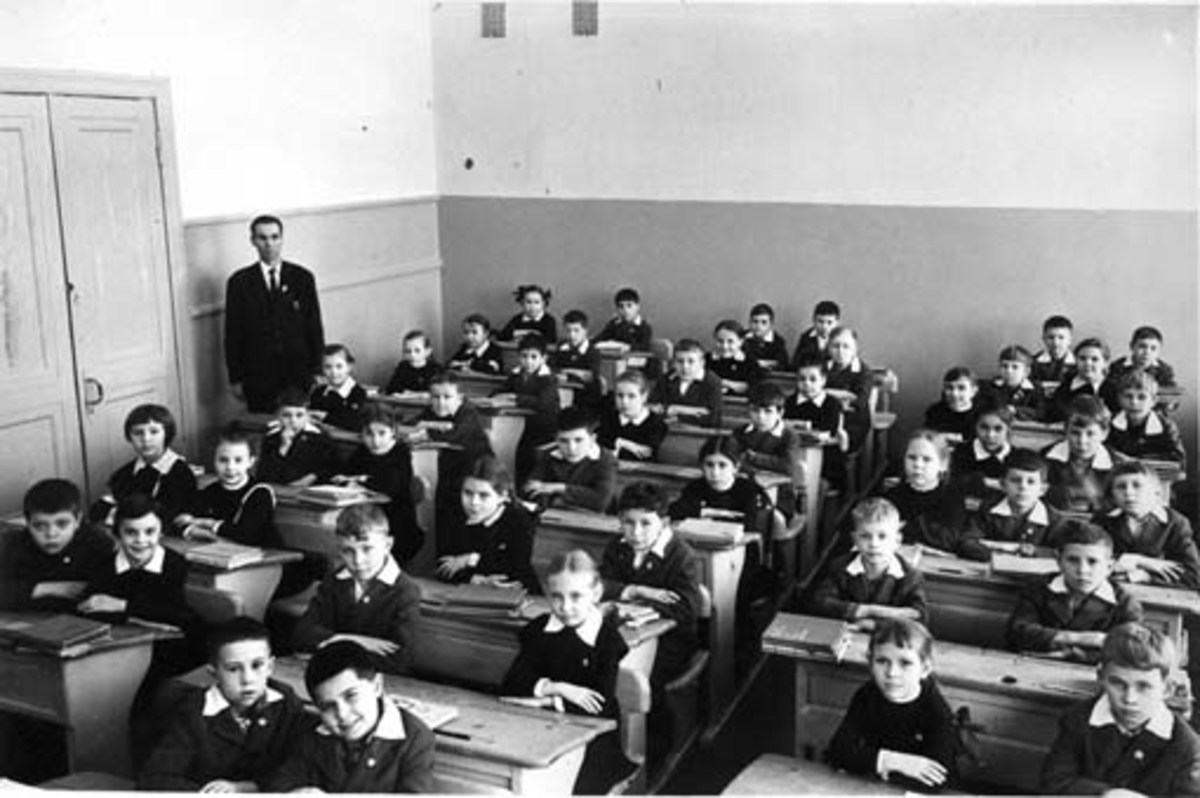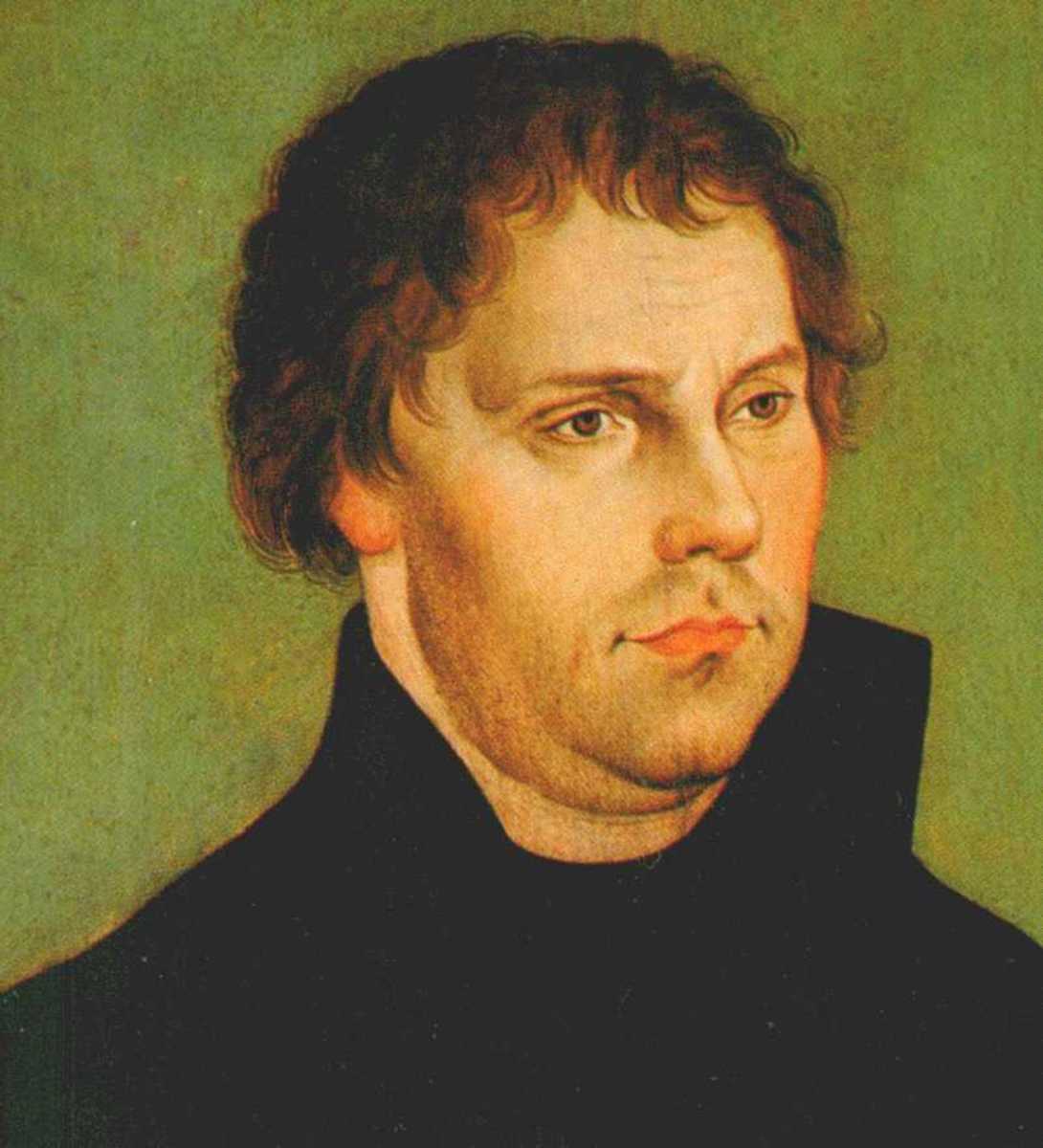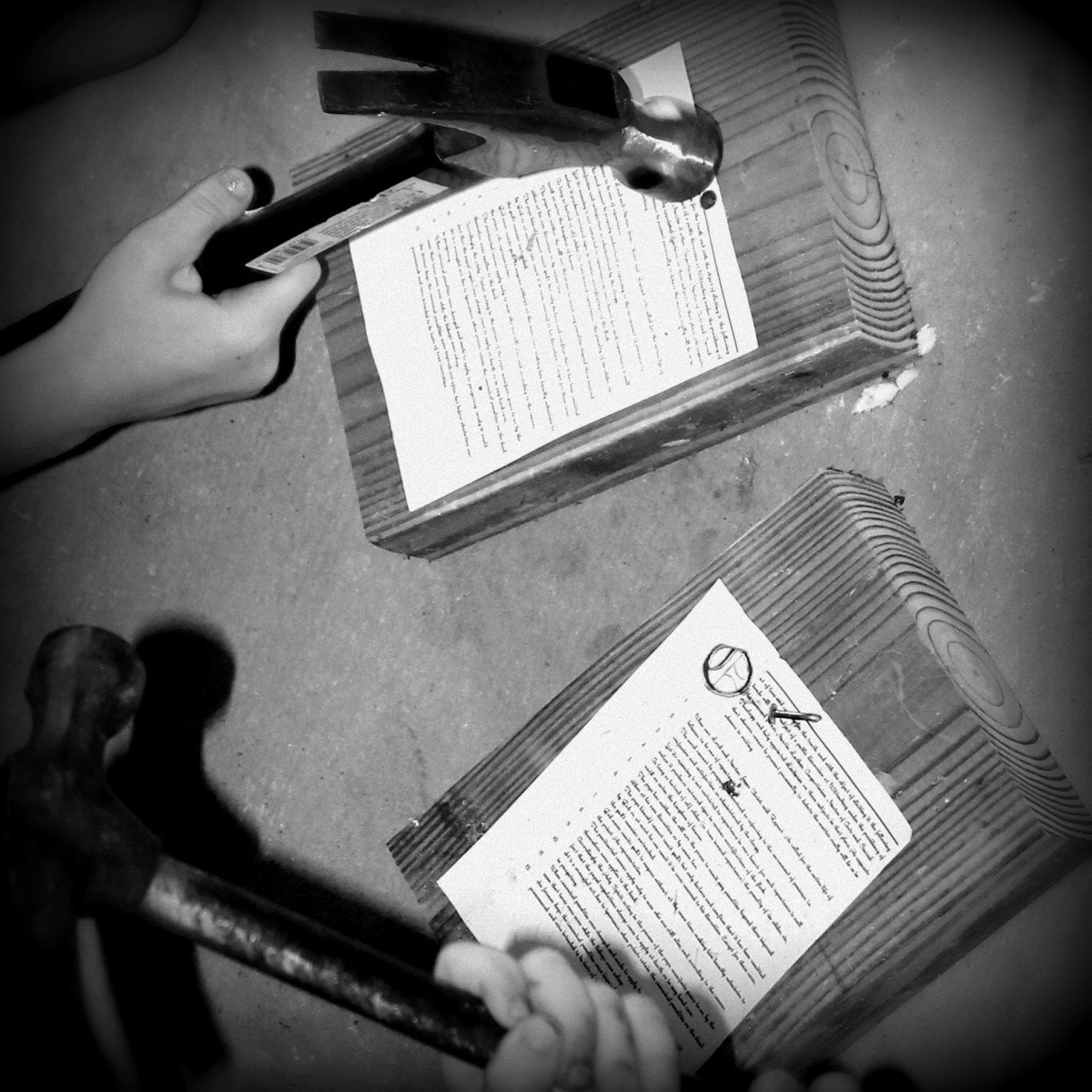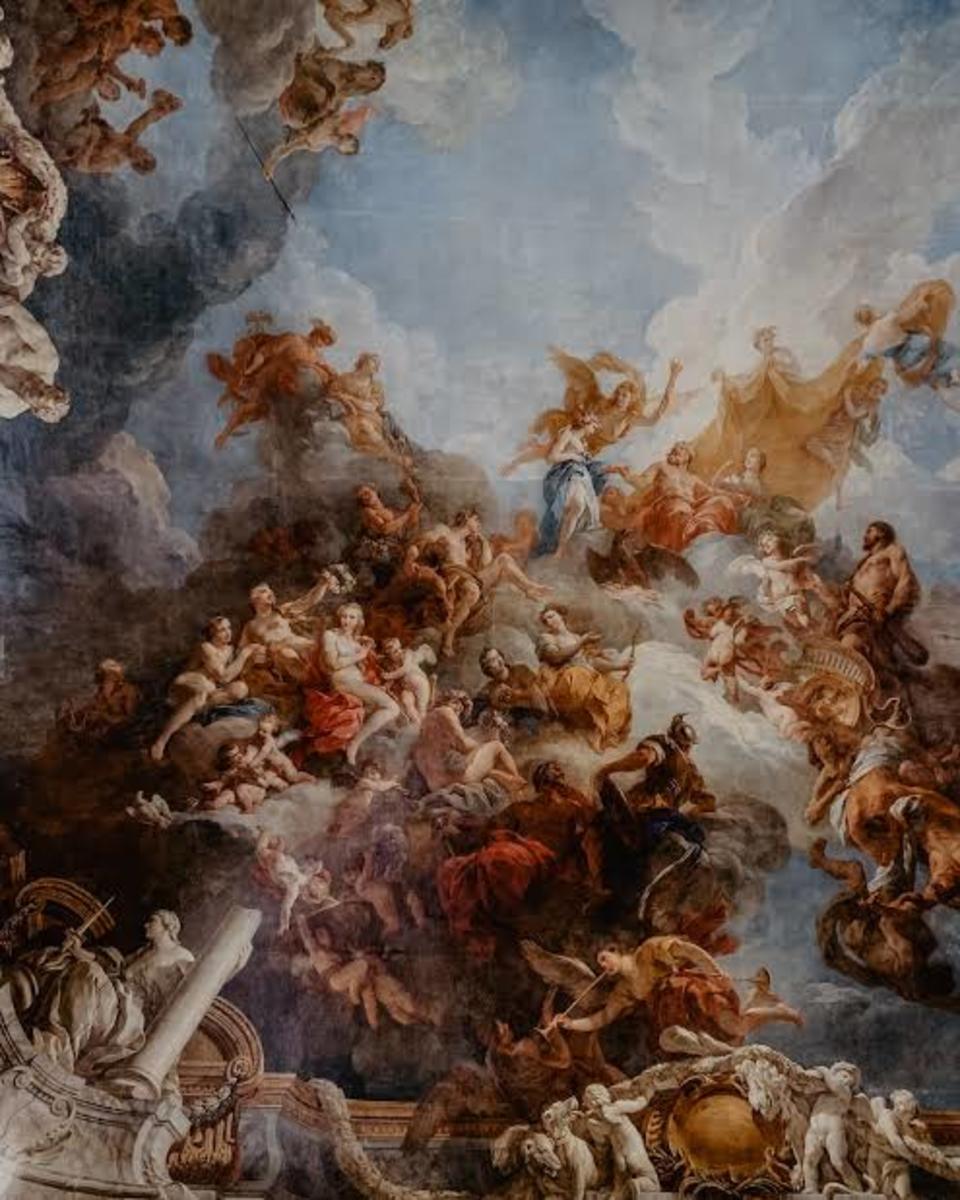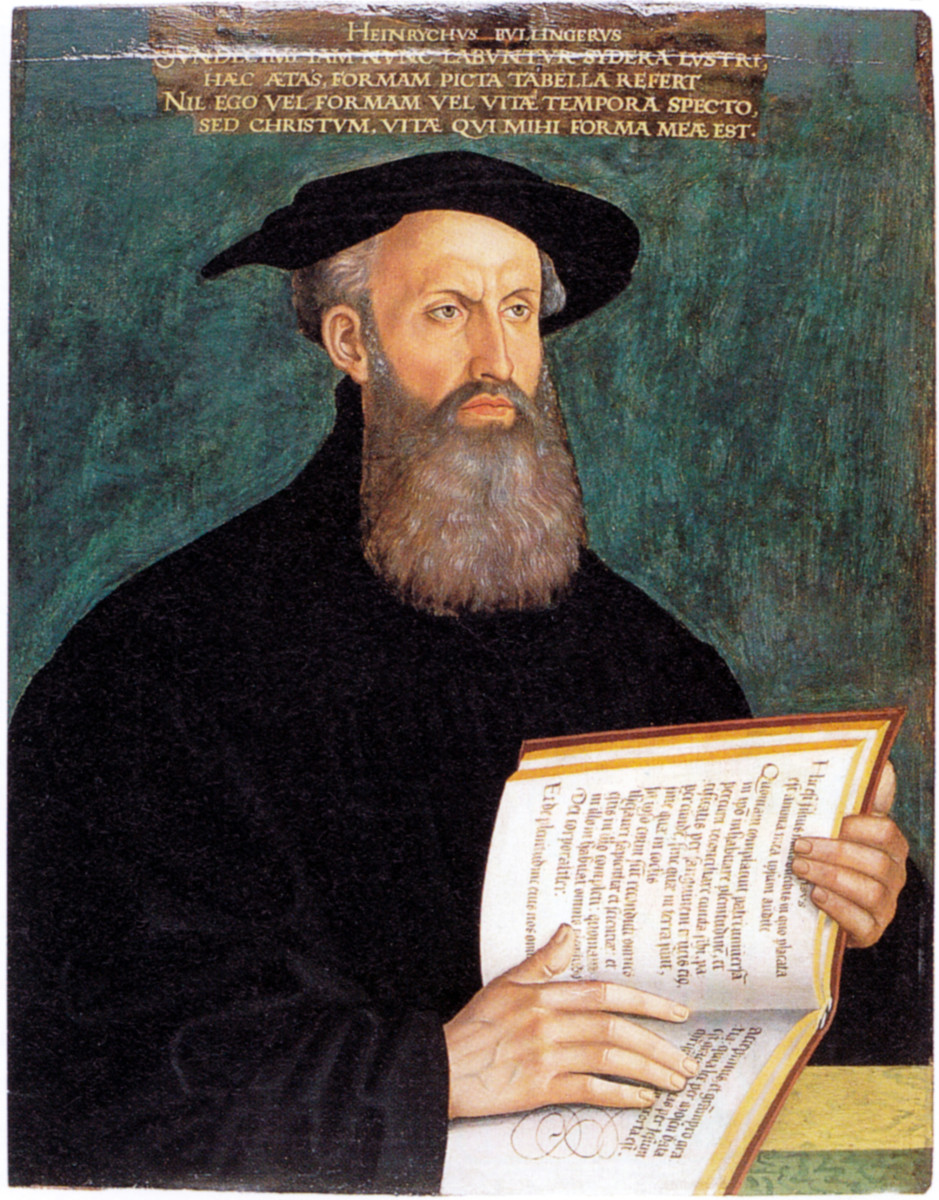Martin Luther: Two of his Key Writings - Part 1
In the year 1517, the European continent found itself surviving the Black Death that wiped out a third of its population and in the midst of the Renaissance across Europe. This “rebirth” began creating new ideas based on the culture of the Roman Empire, allowed individual development and a shift from the norms of society during the “Dark Ages.” With this shift came the rise in capitalism. The manorial system, that is the system in which all legal and economic power belonged to lords, that was prevalent during the medieval period, began to give way to the more capitalistic and advantageous idea of renting the land and freeing the people of serfdom.[1]
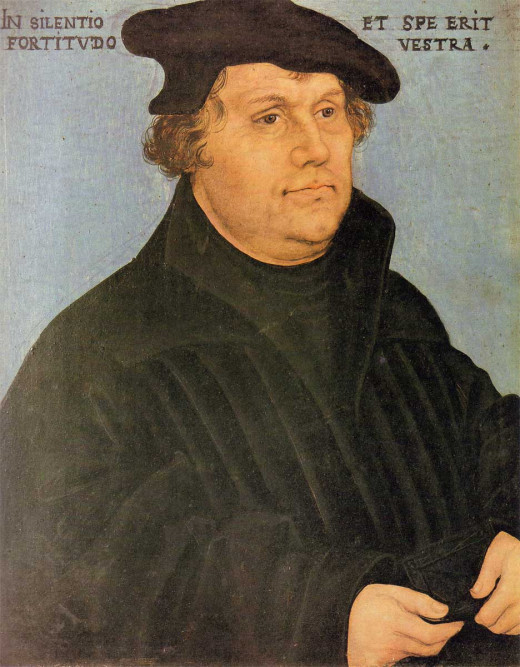
Another effect of this capitalistic mindset was that it empowered the newly wealthy bourgeoisie over the status of the former knights and other nobility, causing a radical shift in the social order and fostering the growth of centralized governments.[2] However, one of the resulting consequences of this rise in capitalism was the rise in pauperism. This rise in the destitute, who in the past, had been generally cared for by some of the nobility in the ways of giving as a means of righteousness, were now replaced with unscrupulous businessmen who were more concerned with profit than the poor. This led Martin Luther to become one of the first to say that the State, not the Church, should “…provide for its own poor.”[3]
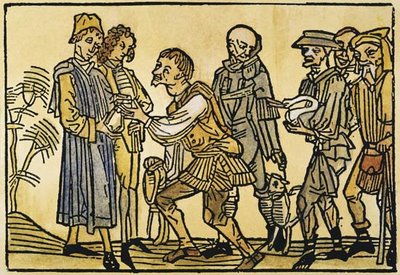
This rise in capitalism obviously had a reverberating effect on not only the social order, but within the church as well. For with the growth of centralized governments came the lesser need for the power of a centralized Church. With the corruption already prevalent within the Church, the idea of positioning the Church as subservient to the State became an extremely sore spot within the papacy. Whereas in medieval times the Church not only connected people by “common goals and values”[4] and provided for a more rigid and fixed social order, centralized governments were causing a massive upheaval not only in the laity’s questioning of Church’s doctrine, but was also a huge hit to its pocketbook.
This division and corruption within the Church had people questioning whether the Church could really satisfy their salvation needs. Coming out of the Black Death salvation was the principle idea on peoples mind. And if the Church and its theology were wrong, who would they turn to? This led to extreme distrust and frustration with the Church and presented the perfect time for reformers to teach the doctrine on grace by faith.
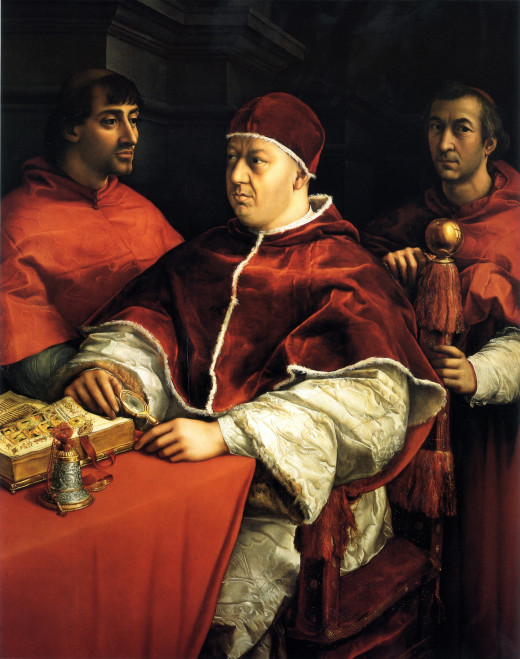
Another critical factor that played into the distrust of the Church was the idea of Nominalism and the continual debate over which position on theological, especially related to salvation issues, were right and which were wrong. William Placher gives a view as to why people began embracing ideas such as those by Martin Luther by stating, “Perhaps people turned to such new hopes in part because the old hopes seemed so shaky.”[5] Ultimately between the rise in capitalism, corruption of the Church and hopes of the people, society was ripe for a change.
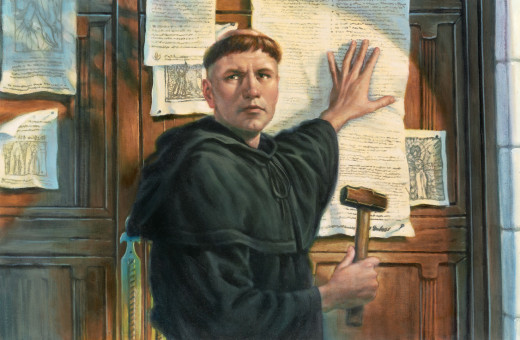
Would you agree that the two writings by Martin Luther covered here were his most influential?
Martin Luther is undoubtedly best known for his posting of “Ninety-Five Theses” on the door of Wittenberg University on 31 October 1517. Many point to this as the beginning of the Reformation. However, Luther never intended for this work to go beyond the university and was merely attempting to spark debate in his quest for spiritual satisfaction and his concern with the excesses of the Church. He never wanted to separate the Church and create a new one, but simply to reform the existing Church.[6] However, by his bold statements in both his Ninety-Five Theses and Address to the Nobility of the German Nation in 1520, he set forth a schism that could not be stopped.
In Part 2 well look at the two writings and the ramifications of both.
Sources
[1] (Nystrom and Nystrom 2004) pp.226
[2] Ibid., 227
[3] (Durant 1957) pp.764 taken from Martin Luther’s Address to the Nobility of the German Nation (1520)
[4] (Nystrom and Nystrom 2004) pp.227
[5] (Placher 1983) pp.177
[6] (Nystrom and Nystrom 2004) pp.228
Durant, Will. The Reformation: The Story of Civilization. New York, NY: MJF Books, 1957.
Luther, Martin. Address to the Christian Nobility of the German Nation Respecting the Reformation of the Christian Estate. New York, NY.: P.F. Collier & Son Company, 1914.
Luther, Martin, and C.M., ed. Jacobs. Disputation of Doctor Martin Luther on the Power and Efficacy of Indulgences. Philadelphia: A. J. Holman Company, 1915.
McGrath, Alister. Christianity's Dangerous Idea. New York, NY: HarperOne, 2007.
Nystrom, Bradly P., and David P. Nystrom. The History of Christianity: An Introduction. New York, NY: McGraw-Hill, 2004.
Placher, William C. A History of Christian Theology: An Introduction. Louisville, KY: Westminster John Knox Press, 1983.

